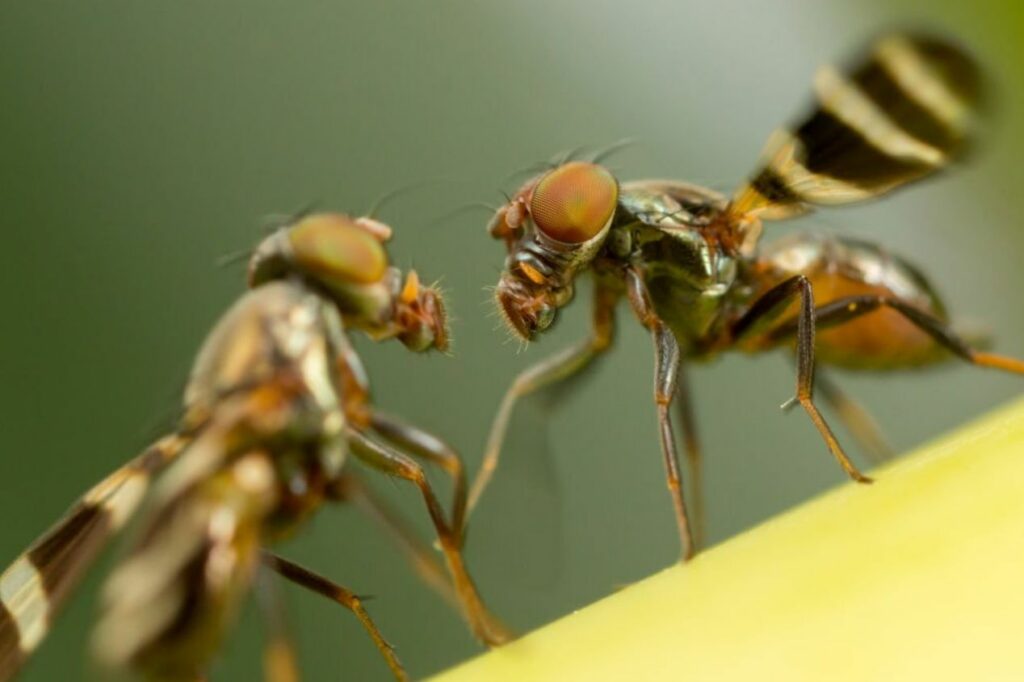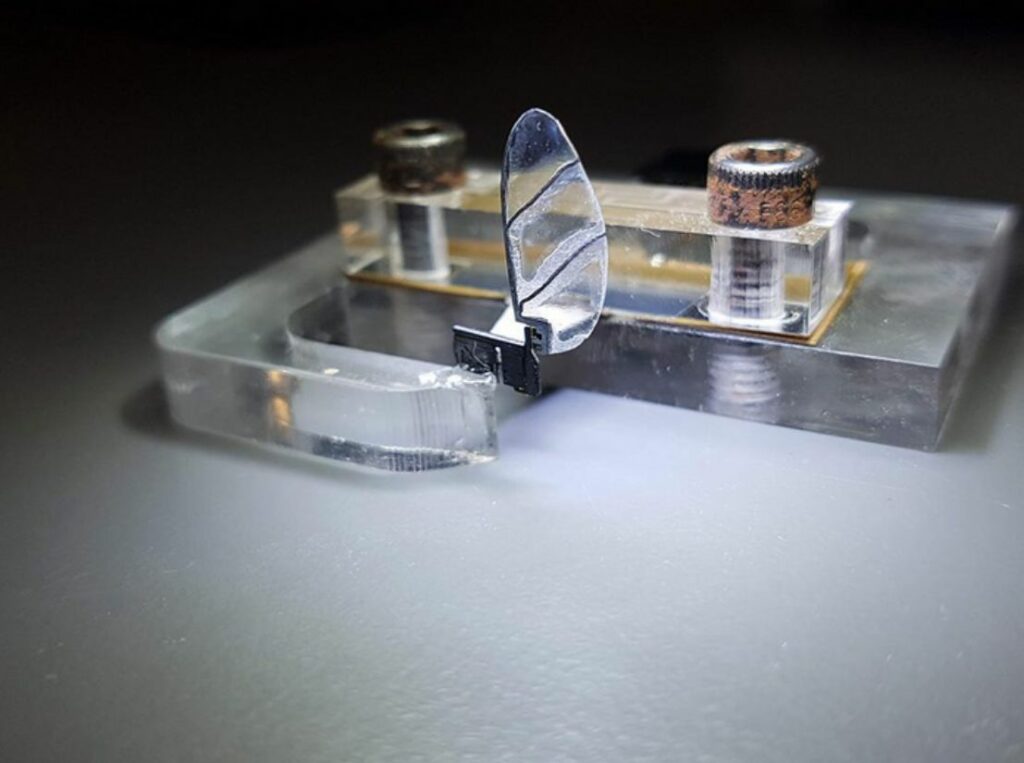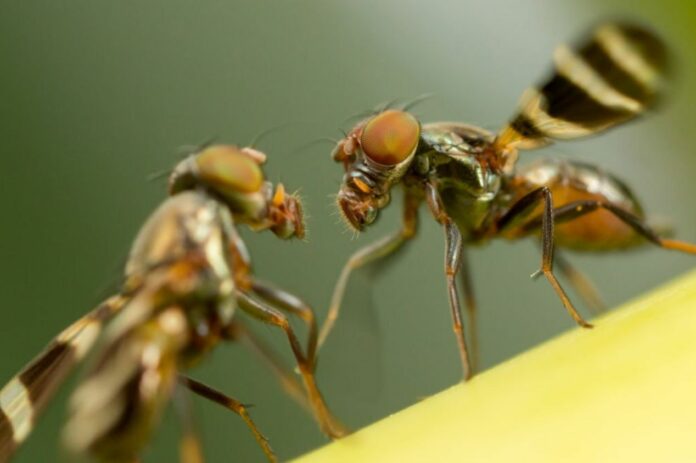Despite having only 200,000 neurons compared to humans’ 100 billion, fruit flies have an advanced, adaptable motor control system that enables them to survive after an injury.
Insects that fly can serve as a source of inspiration for the construction of flapping robots and drones that can intelligently adjust to physical harm and continue operations. For example, making a drone that can fly even if one of its motors breaks, or a robot with legs that can use its other legs when one of them gives out.
In this new study, researchers found that when fruit flies lose up to 40% of a wing, they can quickly fix the problem and stay as stable as before. This discovery may be useful for designing flexible robots, which also need to respond rapidly to unexpected events in the field.
These findings were published in Science Advances today by a team led by Penn State researchers.
Anesthetized fruit flies had their wing lengths modified to simulate a real-world injury sustained by flying insects so that the experiment could be conducted. The insects were then suspended in a virtual reality ring. Using virtual graphics projected on tiny displays in the ring, researchers were able to trick fruit flies into behaving like they were flying.
They “found flies compensate for their injuries by flapping the damaged wing harder and reducing the speed of the healthy one,” says corresponding author Jean-Michel Mongeau. “They accomplish this by modulating signals in their nervous system, allowing them to fine-tune their flight even after an injury.”

By actively increasing damping, fruit flies are able to retain stability despite a modest performance drop caused by a broken wing.
“If you drive on a paved road, friction is maintained between the tires and the surface, and the car is stable,” Mongeau adds, comparing damping to friction. “But on an icy road, there is decreased friction between the road and tires, causing instability. In this case, a fruit fly, as the driver, actively increases damping with its nervous system in an attempt to increase stability.”
For optimal flying performance, stability is more crucial than power, according to co-author Bo Cheng.
“Under wing damage, both performance and stability would typically suffer; however, flies use an ‘internal knob’ that increases damping to maintain the desired stability, even if that leads to further decreases in performance,” Cheng adds. “In fact, it has been shown that it is indeed the stability, instead of the required power, that limits maneuverability in flies.”
According to the research, despite having only 200,000 neurons compared to humans’ 100 billion, fruit flies have an advanced, adaptable motor control system that enables them to survive after suffering an injury.
“The complexity we’ve uncovered here in flies is unmatched by any existing engineering systems; the sophistication of the fly is more complex than existing flying robots,” added the author. “We are still far away on the engineering side of trying to replicate what we see in nature, and this is just another example of just how far we have to go.”

Engineers have to work hard to make robots that can quickly fix problems in environments that are getting more complicated.
“Flying insects can inspire the design of flapping robots and drones that can respond intelligently to physical damage and maintain operations,” added co-author Wael Salem. “For example, designing a drone that can compensate for a broken motor in flight, or a legged robot that that can rely on its other legs when one gives out.”
A robot prototype of a mechanical wing that is similar in size and function to a fruit fly’s wing was developed by researchers at the University of Colorado Boulder in order to examine the mechanism by which flies correct for wing damage while in flight. Researchers cut the mechanical wing, simulating the Penn State trials, and examined how the wing and air interacted.
“With a mathematical model only, we need to make simplifying assumptions about the structure of the wing, the motion of the wing and the wing-air interactions to make our computations tractable,” added co-author Kaushik Jayaram. “But with a physical model, our robot prototype interacts with the natural world much like a fly would, subject to the laws of physics. Thus, this setup captures the intricacies of the complex wing-air interactions that we do not yet fully understand.”
Source: 10.1126/sciadv.abo0719
Image Credit: Jorge GarcÍa/VW Pics/Universal Images Group via Getty
